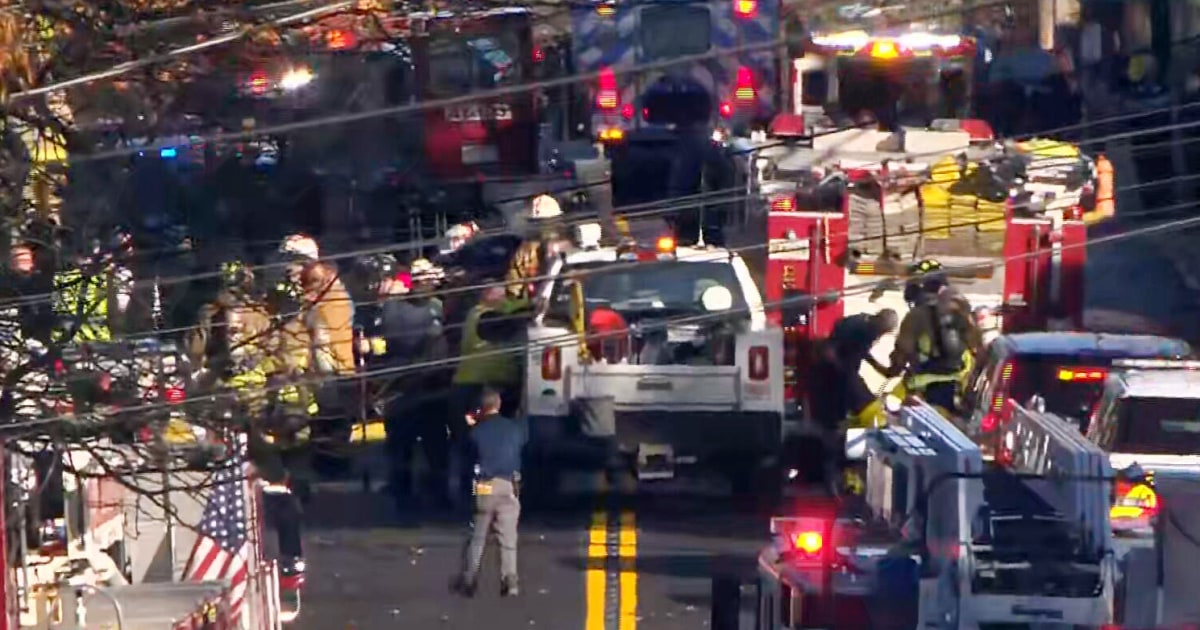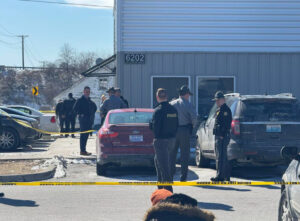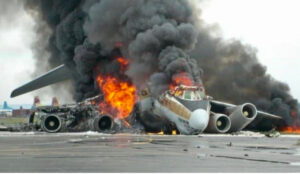Tragedy at Dawn: Massive Chemical Spill in Downtown Somerset, Forces Thousands to Evacuate Amid Chaos
Tragedy at Dawn: Massive Chemical Spill in Downtown Somerset Forces Thousands to Evacuate Amid Chaos

Somerset, May 6, 2025 — Panic and confusion swept through downtown Somerset in the early hours of Tuesday morning after a massive chemical spill prompted a large-scale emergency evacuation. The incident, described by authorities as one of the most severe environmental disasters the city has ever faced, began just before 5:00 a.m. when a freight train carrying hazardous materials derailed near the city’s industrial district.
Thick clouds of toxic gas billowed into the dawn sky, alarming residents who were jolted awake by emergency sirens and flashing alerts on their phones. Within minutes, local police and fire crews had begun evacuating a wide swath of the downtown core, urging people to leave immediately due to the extreme danger posed by the airborne chemicals.
According to the Somerset Fire Department, the train was transporting multiple containers of methyl isocyanate—a highly toxic and volatile compound used in chemical manufacturing. Exposure to even small amounts of the gas can cause severe respiratory problems, chemical burns, and—in high doses—death.
Fire Chief Daniel McKinney briefed the press later that morning, describing the incident as “a nightmare scenario for any urban center.” “We had a highly dangerous substance released in a densely populated area,” he said. “Quick action was the difference between a contained disaster and a catastrophic loss of life.”
Within hours, over 8,000 residents had been evacuated from a 3-mile radius surrounding the spill site. Emergency shelters were set up in schools, churches, and recreation centers across the city. The local hospital, already operating near capacity, was quickly overwhelmed as dozens of people arrived suffering from coughing fits, eye irritation, nausea, and shortness of breath. At least 200 individuals received treatment, with 18 reported in critical condition.
One survivor, Marcus Hensley, who lives just a block from the crash site, recounted the terrifying moment he realized something was wrong. “There was this strong chemical smell—it burned your throat just breathing,” he said. “I looked out the window and saw smoke rising, and people running. I grabbed my wife and our two kids and ran. We didn’t take anything with us.”
Governor Natalie Brooks immediately declared a state of emergency, mobilizing the National Guard and calling for federal assistance. In a public address, she emphasized the seriousness of the situation. “We are dealing with a hazardous materials crisis of unprecedented scale in our city. Our priority is to protect lives, ensure public health, and determine exactly how this happened.”
Environmental Protection Agency (EPA) officials arrived on the scene later that morning and began air and soil quality testing. Preliminary assessments indicate that the chemical cloud has already drifted into neighboring communities, prompting the expansion of evacuation orders. A no-fly zone was also established above the spill site as a precautionary measure.
“This is not just a local issue—it’s a regional environmental emergency,” said EPA spokesperson Carla Ramirez. “We’re still evaluating the long-term effects on air, water, and soil quality.”
Local schools were closed, and businesses shuttered, as emergency crews worked tirelessly to contain the spill and assess the ongoing risk. Hazmat teams in full protective gear continued efforts to neutralize the leaking containers, though officials warned it could take several days before the area is safe for residents to return.
Authorities have launched a full investigation into the cause of the derailment. Early reports suggest a mechanical failure in one of the train’s braking systems, but investigators have not ruled out human error or negligence. The train, operated by Midwestern Freight Logistics, was en route to a chemical processing plant in the region when the incident occurred. The company has yet to release a formal statement, though pressure is mounting for accountability.
City Council member Angela Warren called the incident “a wake-up call,” demanding stricter safety regulations for transporting hazardous materials through urban areas. “This was preventable,” she said. “We’ve raised concerns for years about chemical transports cutting through the heart of Somerset. Now our worst fears have come true.”
In the wake of the tragedy, volunteers and first responders have been praised for their swift and courageous actions. From fire crews braving toxic clouds to escort families to safety, to ordinary citizens helping the elderly escape their homes, countless acts of heroism have emerged in the chaos.
As the sun set over a city still cloaked in fear and uncertainty, displaced families gathered in shelters, waiting for answers and hoping for stability to return. For Somerset, this day will be remembered not just for the disaster, but for the strength and resilience shown in its wake.
Authorities have promised daily updates as cleanup continues and the investigation unfolds. For now, thousands remain displaced, the air remains toxic, and a community begins the long, painful road to recovery.













Post Comment